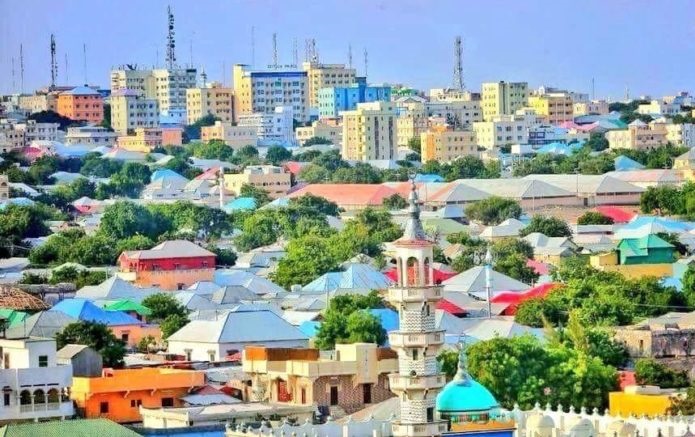Somalia is facing a deepening crisis as home rental prices in the capital, Mogadishu, continue to climb sharply, affecting thousands of low-income families.
Recent reports reveal that many households have been forced out of government-owned land where they had lived for decades, sparking a surge in demand for private rental properties.
Sharp Home Rental Prices Increase in Low-Income Districts
A new investigation by “Mustaqbal Media” shows that the increase has hit vulnerable communities the hardest.
In neighborhoods such as Yaqshid, Kaxda, Wartanabada, Daynile, and Dar es Salaam, rental costs for a single room have jumped from $30 per month to nearly $50.
142,000 Displaced People in Mogadishu Alone
For families living on limited daily incomes, this represents a significant financial burden.
The shortage of affordable housing has pushed many families into overcrowded dwellings, while others have relocated to distant areas outside Mogadishu, where access to basic services such as healthcare and education is limited.
According to the UN Office for the Coordination of Humanitarian Affairs (OCHA), around 142,000 people were displaced in Mogadishu alone this year, reflecting the scale of the crisis.
Calls for Affordable Housing Policies
Local residents interviewed expressed frustration at the lack of affordable housing solutions.
Many urged the city administration to create temporary housing plans and regulate home rental prices to protect citizens from exploitation.
Engineers and housing experts have echoed these calls, recommending long-term housing policies, investment in public housing projects, and incentives for developers to build low-cost units.
Hargeisa: Growing Demand in Somaliland’s Capital
The housing challenges are not limited to Mogadishu.
In Hargeisa, the capital of Somaliland, rapid urban growth has fueled increased demand for rental homes. The influx of people seeking economic opportunities has driven up home rental prices in central districts.
Young professionals and students often struggle to find affordable apartments, while families on modest incomes are forced to move to the outskirts of the city, where infrastructure remains underdeveloped.
Kismayo and Baidoa: Displacement Drives Housing Pressure
In Kismayo, southern Somalia’s port city, internal displacement caused by insecurity and climate shocks has created a housing shortage.
Families displaced by flooding or conflict often seek refuge in rental homes, which raises demand and inflates prices.
Similarly, Baidoa faces acute housing pressure, as it has become a major hub for internally displaced persons (IDPs).
Here, rental prices have risen steadily, making it difficult for host communities and IDPs alike to secure stable housing.
Home Rental Prices on the Rise in Puntland
In Garowe, the administrative capital of Puntland, housing demand is linked to the city’s role as a political and business center.
Rental costs in Garowe are relatively lower than Mogadishu or Hargeisa but have been rising gradually due to increasing investment and migration into the region.
Experts note that without proper planning, Garowe could soon face the same affordability challenges as other major Somali cities.
Read also: Somalia Targets Offshore Oil Boom with First Drilling
Towards a Somali Balanced Housing Strategy
The housing crisis across Somalia reflects both economic realities and governance challenges.
Rising rents, limited affordable housing stock, and widespread displacement underscore the urgent need for national housing policies.
Experts suggest a multi-pronged approach that includes:
- Regulating rental markets to prevent exploitation.
- Expanding affordable housing projects through public-private partnerships.
- Investing in infrastructure in suburban and rural areas to make them more livable.
- Supporting displaced families with temporary shelter and long-term resettlement options.
As Somali cities continue to grow, addressing the rental housing crisis will be essential not only for improving living standards but also for promoting social stability and sustainable urban development.


